It’s been 60 years since 3-D leapt off American movie screens with films like “Creature from the Black Lagoon” “It Came from Outer Space” and “Dial M for Murder,” among many others. Paying tribute to these and other Golden Age classics, the World 3-D Film Expo III continues at the Egyptian Theatre in Hollywood (6712 Hollywood Blvd.) through Sunday, Sept. 15.
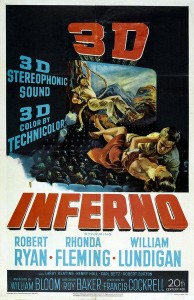 On Thursday, Sept. 12, the expo is hosting a Film Noir Night! First on the lineup is “Inferno” (1953, Roy Ward Baker). In this brutal crime drama set in the scorching desert, Robert Ryan plays a rare good-guy role as a husband left to die with a broken leg by his cheating wife (Rhonda Fleming) and her lover (William Lundigan).
On Thursday, Sept. 12, the expo is hosting a Film Noir Night! First on the lineup is “Inferno” (1953, Roy Ward Baker). In this brutal crime drama set in the scorching desert, Robert Ryan plays a rare good-guy role as a husband left to die with a broken leg by his cheating wife (Rhonda Fleming) and her lover (William Lundigan).
Next up is “I, the Jury” (1953, Harry Essex). Crime legend Mickey Spillane’s first Mike Hammer novel gets the 3-D treatment with terrific b&w cinematography by master D.P. John Alton and noir siren Peggy Castle opposite Biff Elliot as Mike Hammer.
Classics, restorations, premieres and rarities are being screened in a combination of 35mm 3-D projection and digital RealD 3-D. All of the features and shorts will be shown in their correct aspect ratio (many in widescreen).
The festival is produced by Sabucat Productions. You can see the complete schedule and get ticket info here or call the Expo box office at 661-724-0934.





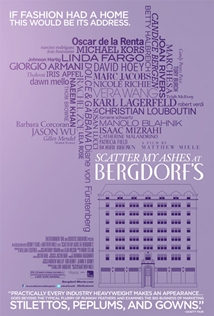
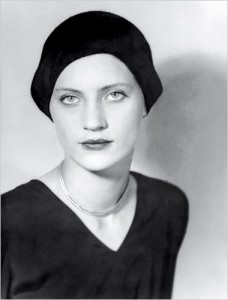
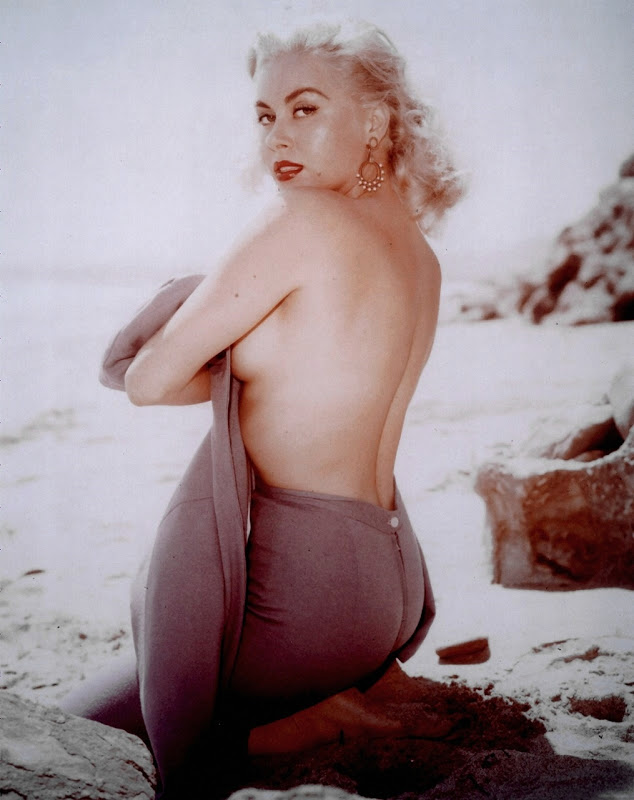

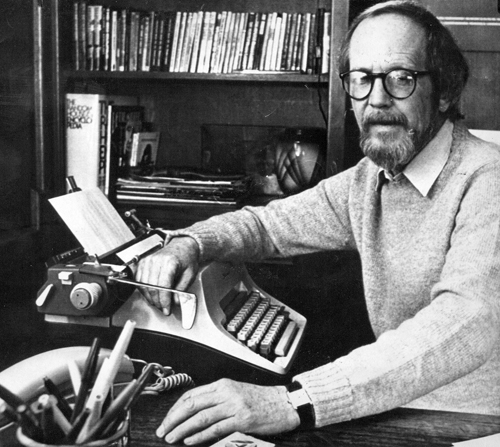
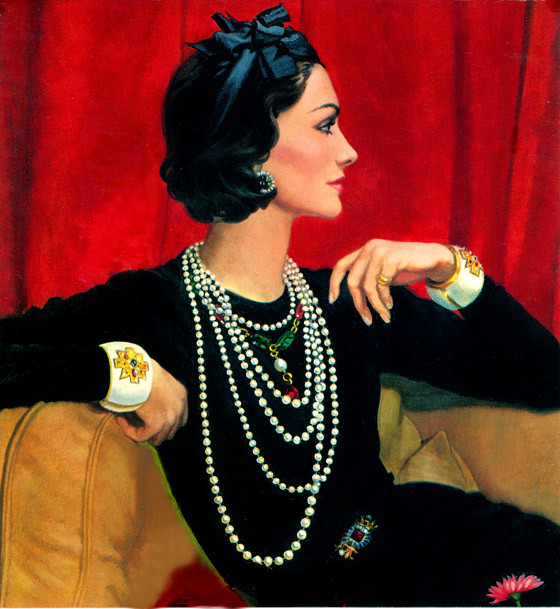

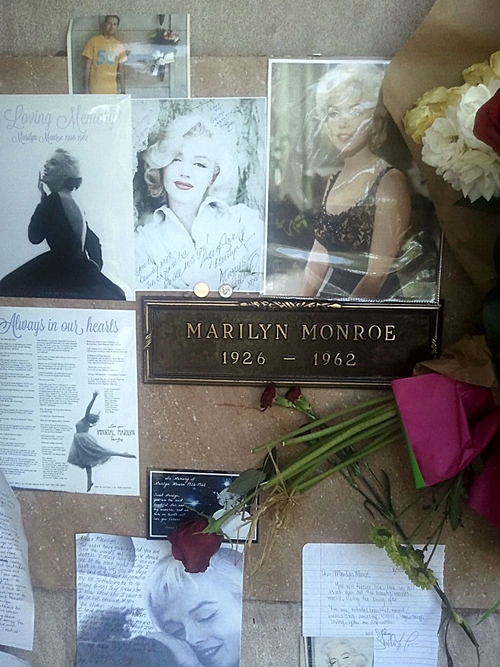
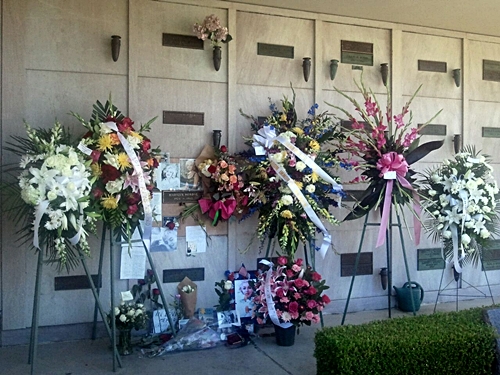
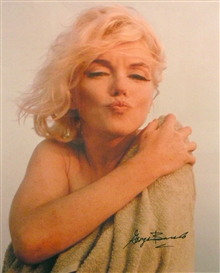
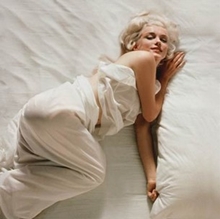
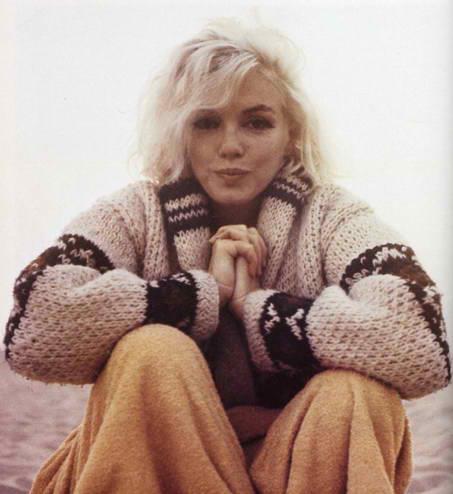
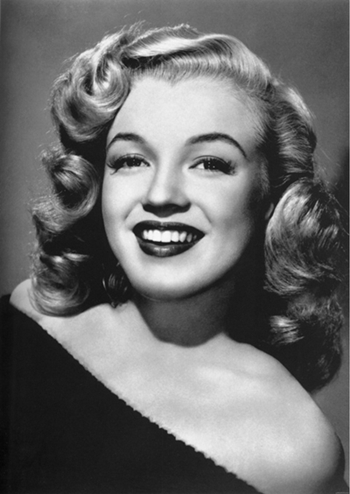
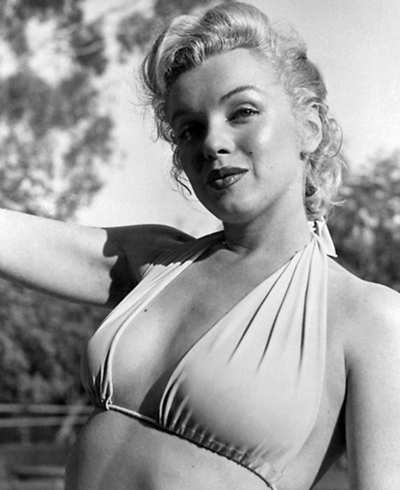
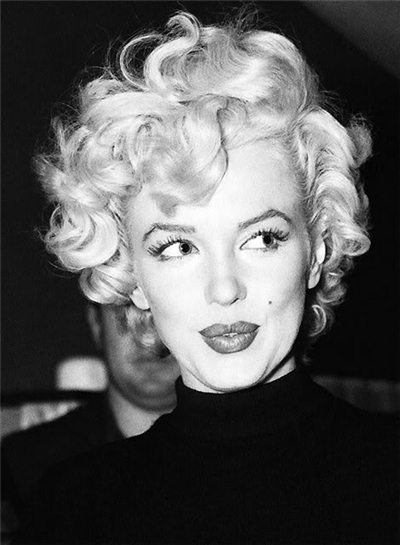
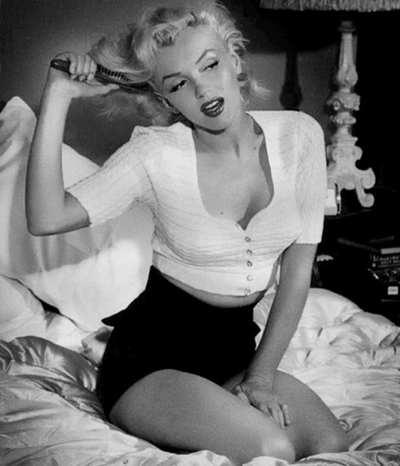
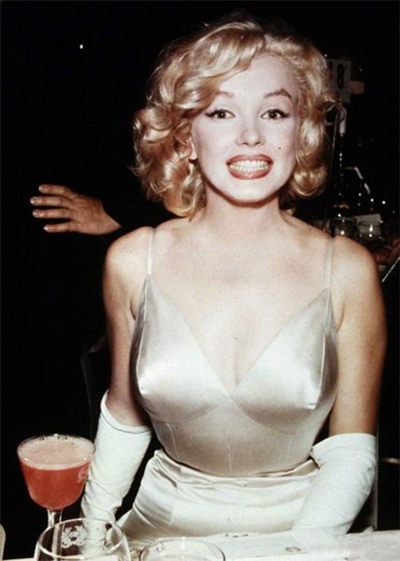
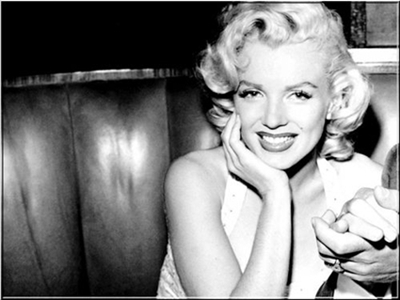
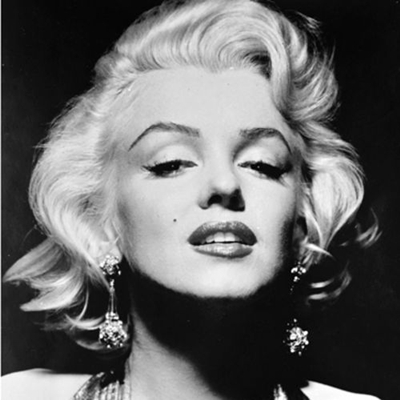
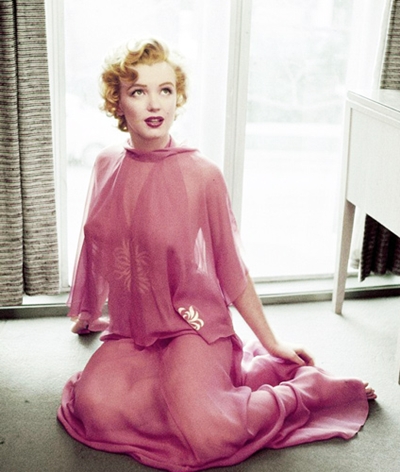
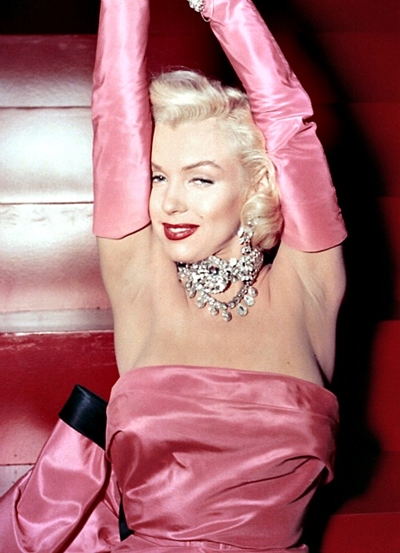
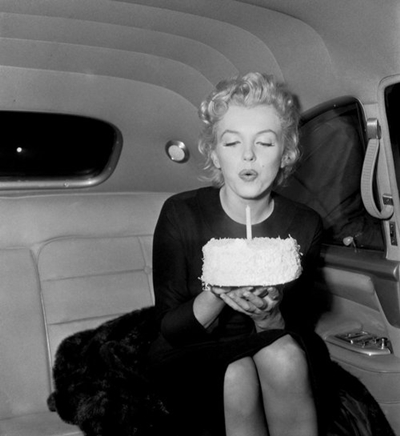
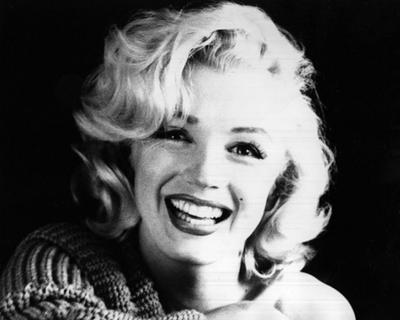
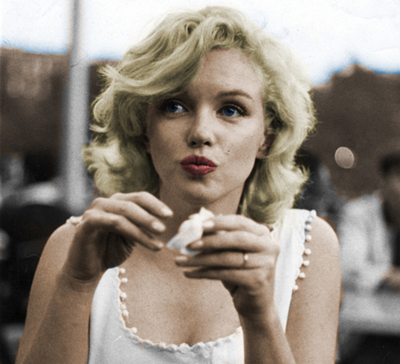
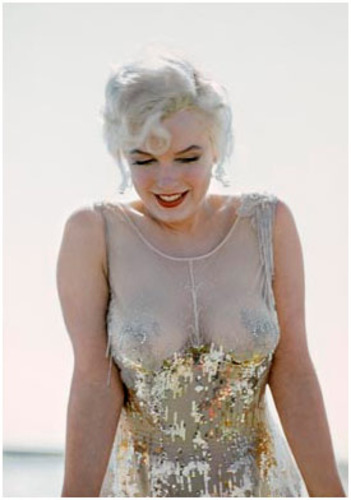
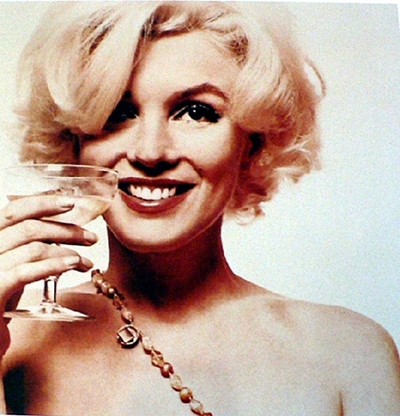
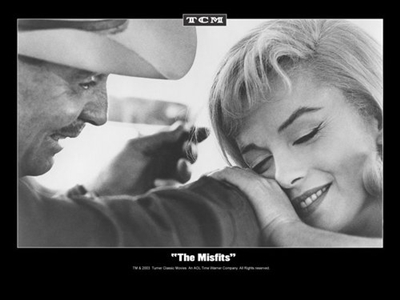
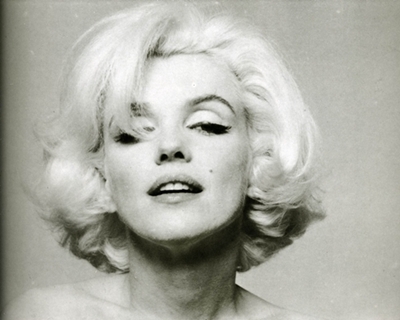
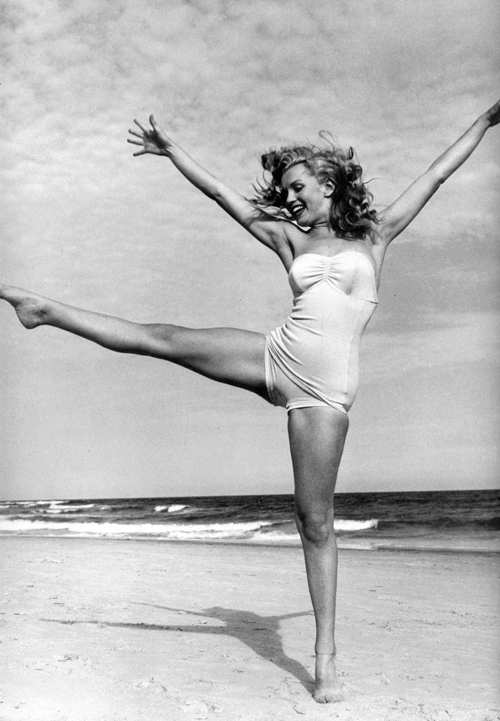
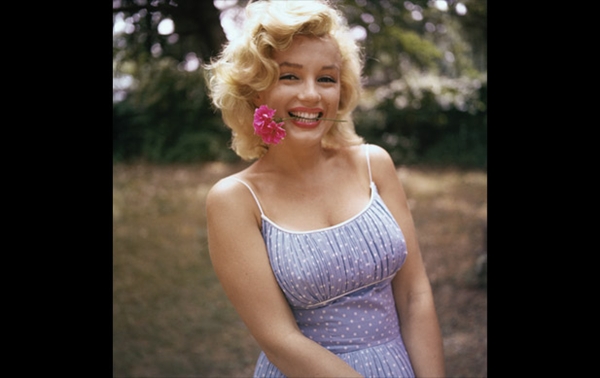





From FNB readers